Best Time of Day for Shoreline Fishing on Rocky Beaches
The rhythmic crashing of waves against jagged stones, the salty spray in the air, and the promise of a remarkable catch – shoreline fishing on rocky beaches offers a unique and rewarding experience for anglers.
However, success in this challenging environment isn’t merely about having the right gear or technique; timing is perhaps the most critical factor. The behavior of fish, tidal movements, light conditions, and even weather patterns vary dramatically throughout the day, creating distinct windows of opportunity for the observant angler.
This comprehensive guide explores the optimal times for shoreline fishing on rocky beaches, helping you maximize your chances of a successful and enjoyable fishing experience in these dynamic coastal environments.
Understanding the Importance of Timing in Rocky Beach Fishing

Rocky shorelines create unique ecosystems where timing can make the difference between returning home empty-handed or with an impressive catch.
Unlike other fishing environments, rocky beaches experience dramatic changes throughout the day as tides rise and fall, exposing different feeding grounds and creating varying water conditions. These changes directly influence fish behavior, determining when and where different species will actively feed. Additionally, the structure of rocky beaches creates microhabitats – submerged rocks, tide pools, and channels – that become accessible or prime for fishing at specific times.
Understanding these natural rhythms allows anglers to strategically plan their fishing excursions to coincide with periods when fish are most likely to be active and feeding near the shoreline.
The Magic of Dawn Fishing on Rocky Shores
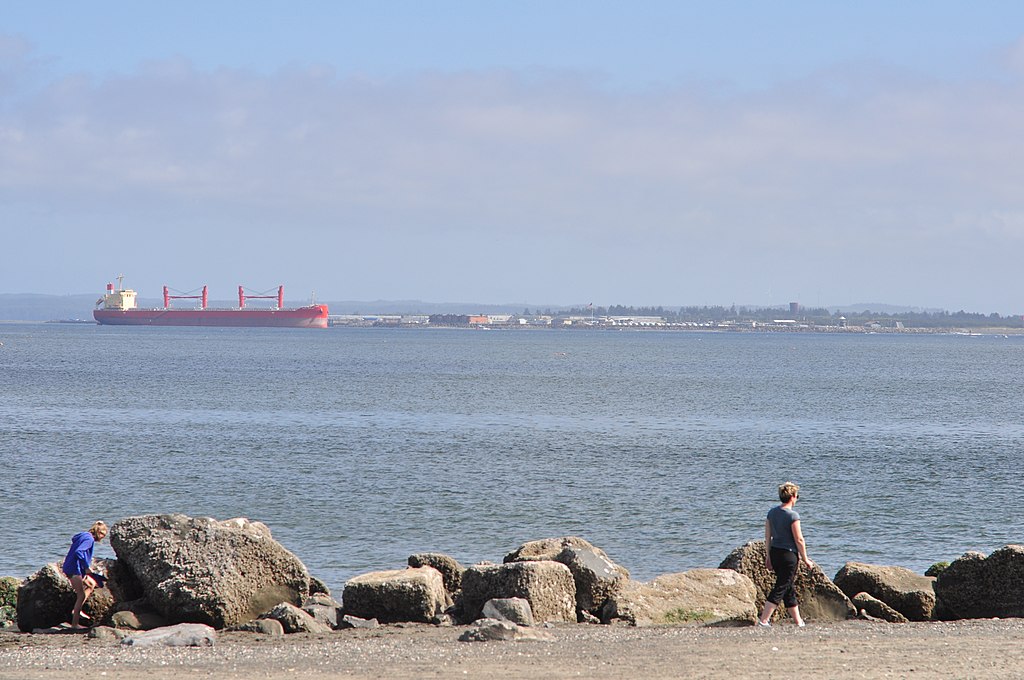
The early morning hours, particularly the period just before and after sunrise, often provide exceptional fishing opportunities on rocky beaches. This time, known to experienced anglers as the “golden hour,” coincides with the natural feeding patterns of many fish species that actively hunt during low-light conditions. The calm water typically found at dawn creates ideal fishing conditions, allowing for more precise casting and better lure presentation.
Additionally, many predatory fish move closer to shore during this time to feed on smaller fish and marine organisms that become active with the first light. The soft, diffused morning light also reduces your visibility to fish, making them less likely to be spooked by your presence on the shoreline, ultimately increasing your chances of a successful catch.
Mid-Morning Strategies for Rocky Beach Anglers

As the morning progresses and the sun climbs higher in the sky, the character of rocky beach fishing changes significantly. The increasing light penetrates deeper into the water, often pushing fish to seek shelter among deeper rocks or in shaded areas. This transition period, typically from about 8 AM to 11 AM, requires anglers to adapt their strategies accordingly. Focus on casting toward shadowed areas created by larger rocks or cliffs, where predatory fish may be lurking to ambush prey.
Mid-morning also typically brings changing tidal conditions, which can concentrate fish in channels or depressions as water moves in or out. This time period can be particularly productive for species that feed throughout the day, such as certain varieties of rockfish, sea bass, or flounder, especially if you can identify submerged structures where they might be holding.
The Midday Lull: Challenges and Opportunities
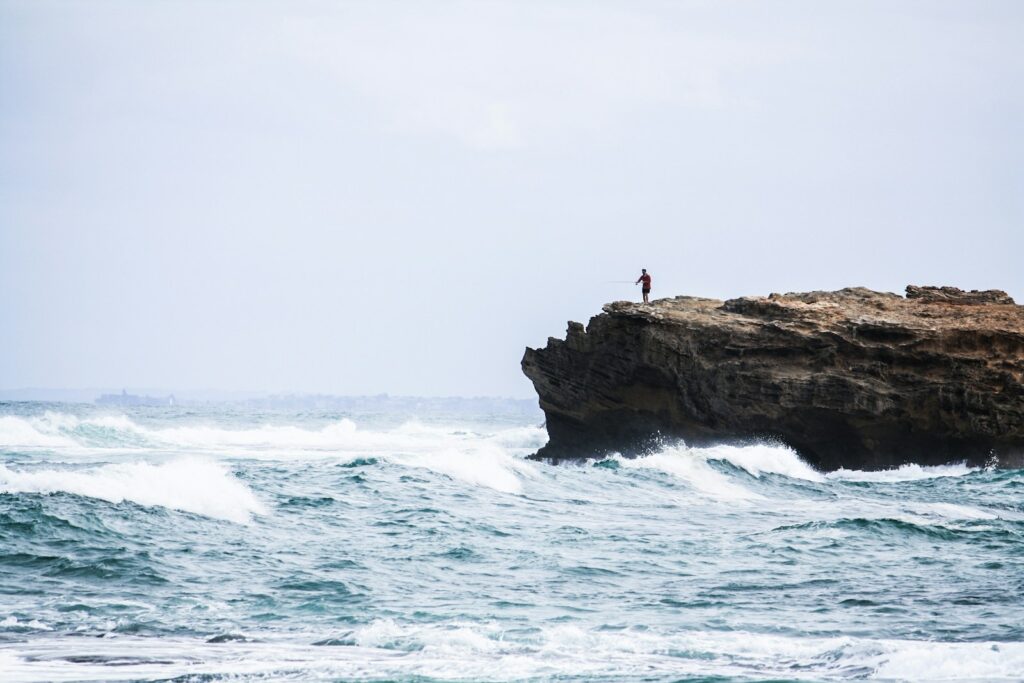
Conventional fishing wisdom often dismisses the midday hours as unproductive, but on rocky beaches, this period can offer unique opportunities for the prepared angler.
While it’s true that many fish species become less active during the brightest part of the day, the complex structure of rocky environments provides numerous shaded retreats where fish continue to feed. During midday, concentrate your efforts on deeper water adjacent to the rocky shoreline, particularly in areas where underwater ledges or drop-offs create cooler, darker conditions.
The changing tides during midday can also create feeding opportunities as they expose or cover intertidal zones rich in marine life. Additionally, certain species like sheepshead, triggerfish, and some types of wrasse actually prefer the warmer, brighter conditions of midday, making this a prime time to target these specific fish.
The Power of the Afternoon Tide Change

Tide changes in the afternoon often trigger significant feeding activity among various fish species along rocky beaches. These transitional periods, when water begins to flow in or out with more force, dislodge numerous small marine creatures from their hiding places among the rocks, creating a natural feeding opportunity that fish eagerly exploit.
Savvy anglers monitor tide charts carefully to position themselves on promising sections of shoreline approximately one hour before a significant tide change. The movement of water during these periods can concentrate baitfish and predators alike in predictable locations, particularly in channels between rocky outcroppings or where current flow is funneled by the shoreline configuration.
This phenomenon makes afternoon tide changes among the most productive fishing windows, regardless of season, as the biological imperative to feed during these bountiful moments overrides many other factors that might otherwise suppress feeding activity.
Evening’s Golden Hour: Prime Time for Predators
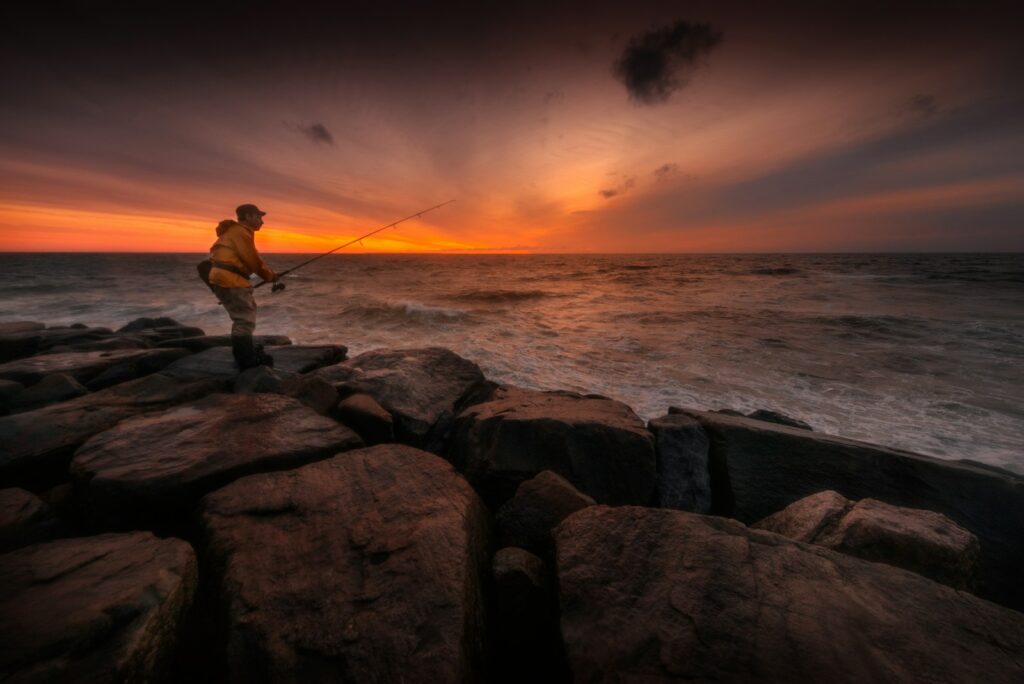
The hours surrounding sunset constitute another “golden hour” for shoreline anglers on rocky beaches, often providing the day’s most productive fishing. As daylight fades, predatory fish become increasingly active, moving into shallower water to hunt as their prey becomes less able to detect their approach in the diminishing light. This crepuscular period triggers a feeding frenzy among many species, with larger fish often becoming less cautious in their pursuit of an evening meal.
The changing light conditions during sunset create a perfect scenario for topwater lures, as the contrast between lure and water surface becomes more pronounced, making your presentation more visible to fish looking up. Additionally, the typically calmer water conditions of evening allow for more precise casting and retrieval techniques, enabling you to effectively target specific structures where fish might be holding.
Night Fishing: The Overlooked Opportunity

Night fishing on rocky beaches offers a completely different experience that many anglers overlook, despite it being potentially the most productive time for certain species. The darkness provides cover for larger predatory fish to move into extremely shallow water in pursuit of prey, places they would never venture during daylight hours. Species like striped bass, bluefish, and various types of sharks often feed aggressively close to rocky shorelines after dark.
The sounds of your lures or baits hitting the water become more important at night, as fish rely more heavily on their lateral line sensory systems rather than vision. Safety becomes an even more critical consideration during night fishing on rocky beaches, requiring thorough familiarity with the location, proper lighting, and preferably fishing with a companion.
Seasonal Variations in Optimal Fishing Times
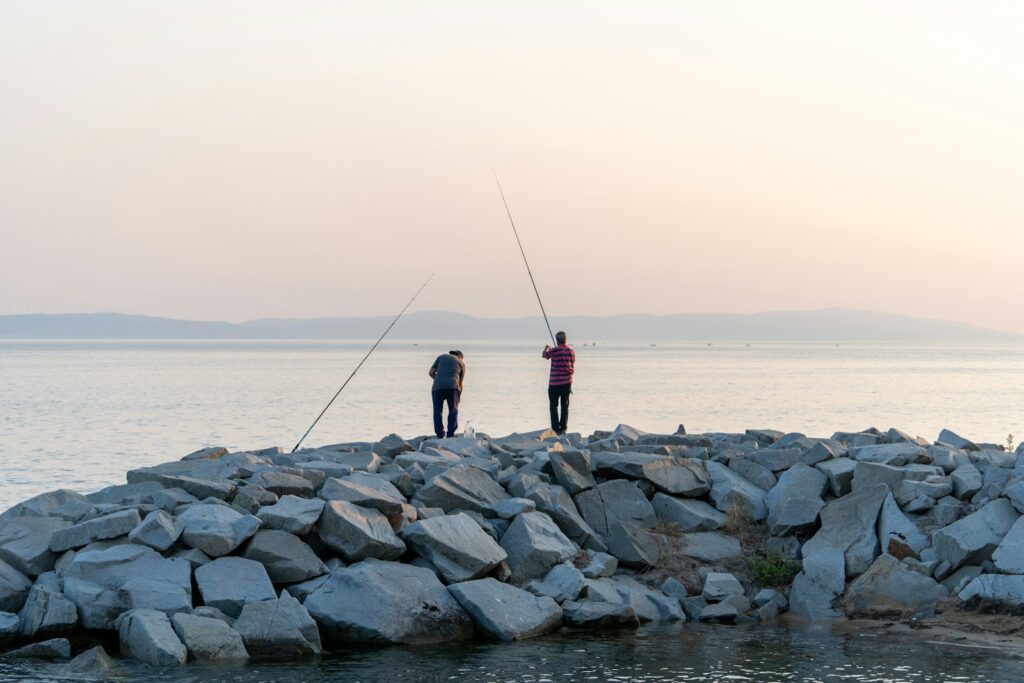
The best time of day for rocky beach fishing shifts significantly with the changing seasons, requiring anglers to adjust their strategies accordingly.
During summer months, when water temperatures rise and daylight extends longer, early morning and late evening typically provide the most productive windows, as fish seek to feed during cooler periods.
Conversely, winter fishing often peaks during midday hours when the sun has warmed the water slightly, increasing fish activity in the otherwise cold environment.
Spring and fall transition periods often offer more extended feeding windows throughout the day, particularly when seasonal migrations bring new species into shoreline waters.
Understanding these seasonal patterns allows experienced anglers to maximize their fishing success by focusing their efforts during the most promising times for each particular season.
How Weather Conditions Affect Optimal Fishing Times

Weather patterns can dramatically alter the best fishing times on rocky shorelines, sometimes overriding the typical daily patterns. Overcast days often extend the prime dawn and dusk feeding periods, as the reduced light creates favorable hunting conditions for longer periods. Approaching storm fronts frequently trigger intense feeding activity regardless of the time of day, as fish sense the changing barometric pressure and feed heavily before the disturbance.
Wind direction and intensity significantly impact rocky shore fishing, with onshore winds typically creating more challenging conditions as they push water against the rocks, while offshore or parallel winds often improve fishing by concentrating baitfish along the shoreline.
Understanding how these weather variables interact with the time of day allows adaptable anglers to find productive fishing windows even during seemingly unfavorable conditions.
Species-Specific Timing Considerations
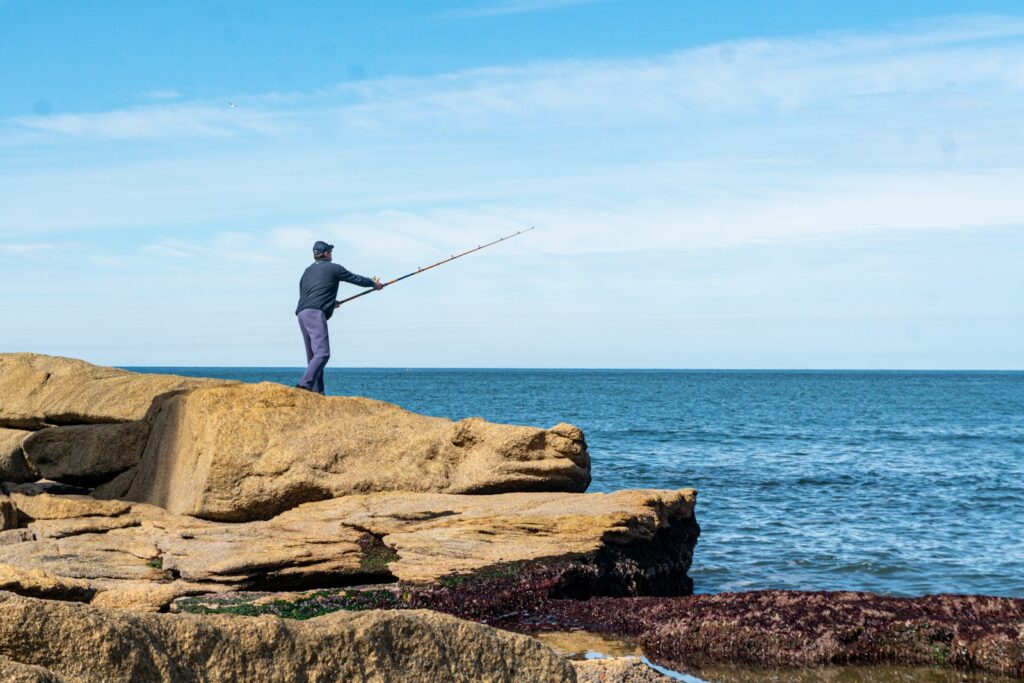
Different fish species exhibit distinct activity patterns that can dramatically influence when you should target them on rocky beaches.
Bottom-dwelling species like flounder and various sculpins often feed regardless of the time of day, making them reliable targets during traditional “slow” periods. Pelagic predators such as mackerel and bluefish typically hunt most actively during dawn and dusk transitions, following their prey’s movement patterns. Some species, like certain types of wrasse and sheepshead, actually prefer the brightest parts of the day when they can more easily locate crustaceans and mollusks among the rocks.
Understanding the feeding habits and daily movement patterns of your target species allows you to focus your efforts during their peak activity periods, significantly increasing your chances of success on rocky shorelines.
Combining Tidal Influence with Time of Day
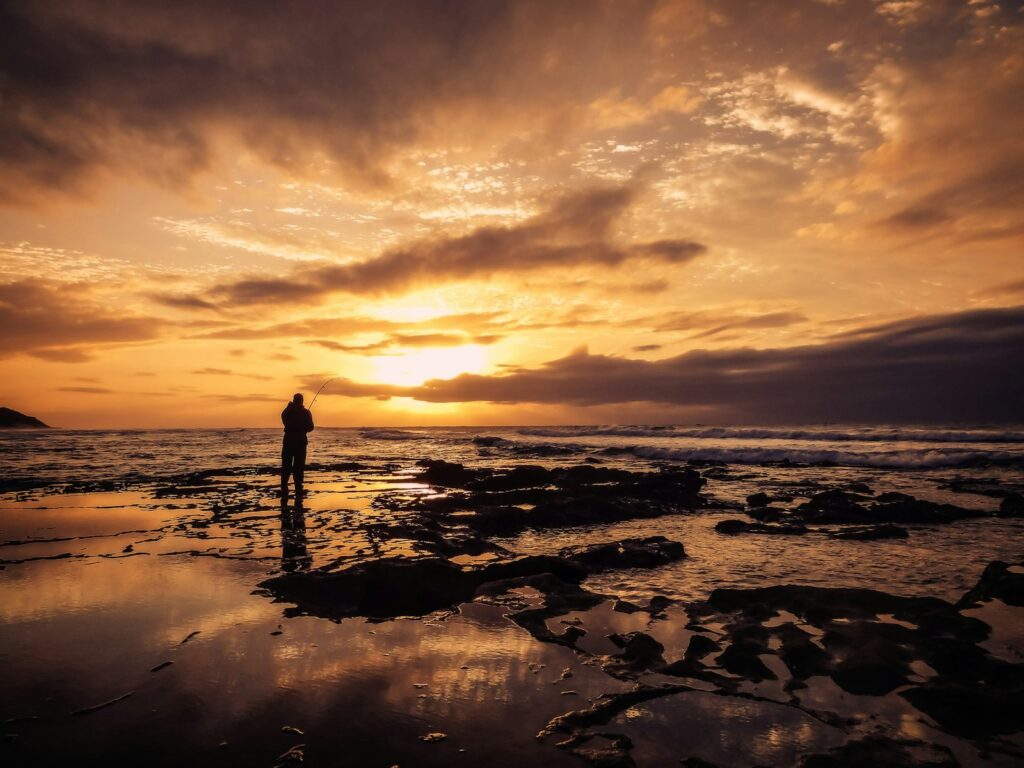
The interaction between tidal movements and time of day creates complex fishing conditions on rocky beaches that savvy anglers learn to exploit. The ideal scenario often combines a significant tide change with one of the prime light transition periods (dawn or dusk), creating a “perfect storm” of fishing conditions where both factors enhance fish activity. During spring tides (the most extreme high and low tides), the stronger water movement can extend good fishing opportunities well into otherwise slower periods of the day.
Understanding how specific sections of rocky shoreline fish during different tidal stages allows you to develop a precise fishing calendar that combines the optimal time of day with the most favorable tidal conditions for each location. This advanced approach to timing requires careful observation and record-keeping but can dramatically improve your success rate on rocky beaches.
Reading the Water: Signs of Prime Fishing Times
Regardless of conventional wisdom about the “best” times to fish, learning to read the immediate conditions on rocky shorelines can reveal unexpected fishing opportunities throughout the day. The presence of diving birds, surface disturbances, or baitfish activity indicates active feeding regardless of the time. Changes in water clarity or color, particularly where different water masses meet near rocky points, often signal prime fishing conditions as these boundaries concentrate both prey and predators. The formation of rip currents or eddies around rocky structures during certain tidal stages creates feeding stations that fish will exploit at any hour. Developing this observational awareness allows responsive anglers to recognize and capitalize on favorable fishing conditions whenever they occur, rather than relying solely on predetermined “best times.”
Planning Your Rocky Beach Fishing Schedule

Successfully fishing rocky beaches requires strategic planning that aligns your fishing efforts with the most promising windows of opportunity. Begin by consulting local tide charts to identify when significant tide changes will occur, particularly noting when they coincide with dawn or dusk periods.
Research the seasonal patterns and preferred feeding times of your target species, adjusting your schedule to focus on their peak activity periods. Consider weather forecasts carefully, potentially rescheduling your outing to coincide with approaching weather fronts or favorable wind conditions. Allow sufficient time to thoroughly fish a location during prime periods rather than rushing between multiple spots.
By methodically planning your fishing schedule around these natural cycles and conditions, you can maximize your limited fishing time and significantly increase your chances of success on rocky beaches.
Conclusion
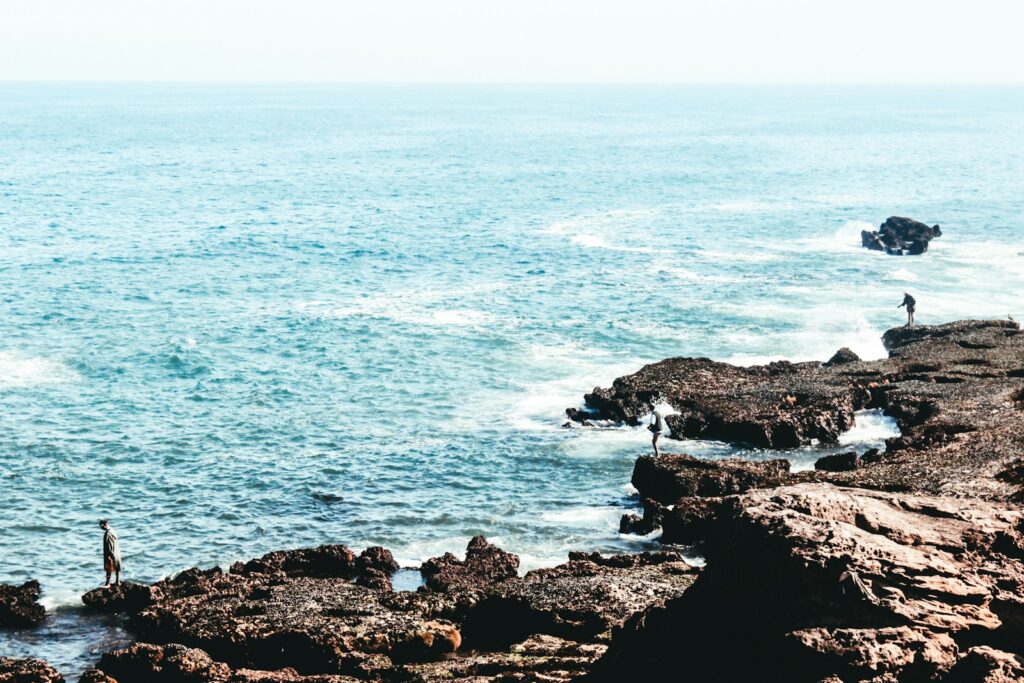
The art of shoreline fishing on rocky beaches is deeply intertwined with understanding nature’s rhythms and timing your efforts accordingly. While dawn and dusk generally offer prime fishing windows across most conditions, the complex interplay between tides, weather, seasons, and species-specific behaviors creates unique opportunities throughout the day.
The most successful rocky shore anglers develop a nuanced appreciation for these factors, allowing them to identify and exploit productive fishing windows that others might miss. By combining knowledge of these natural patterns with careful observation of immediate conditions, you can transform your rocky beach fishing experience from occasional success to consistent productivity, regardless of when you have the opportunity to wet a line.
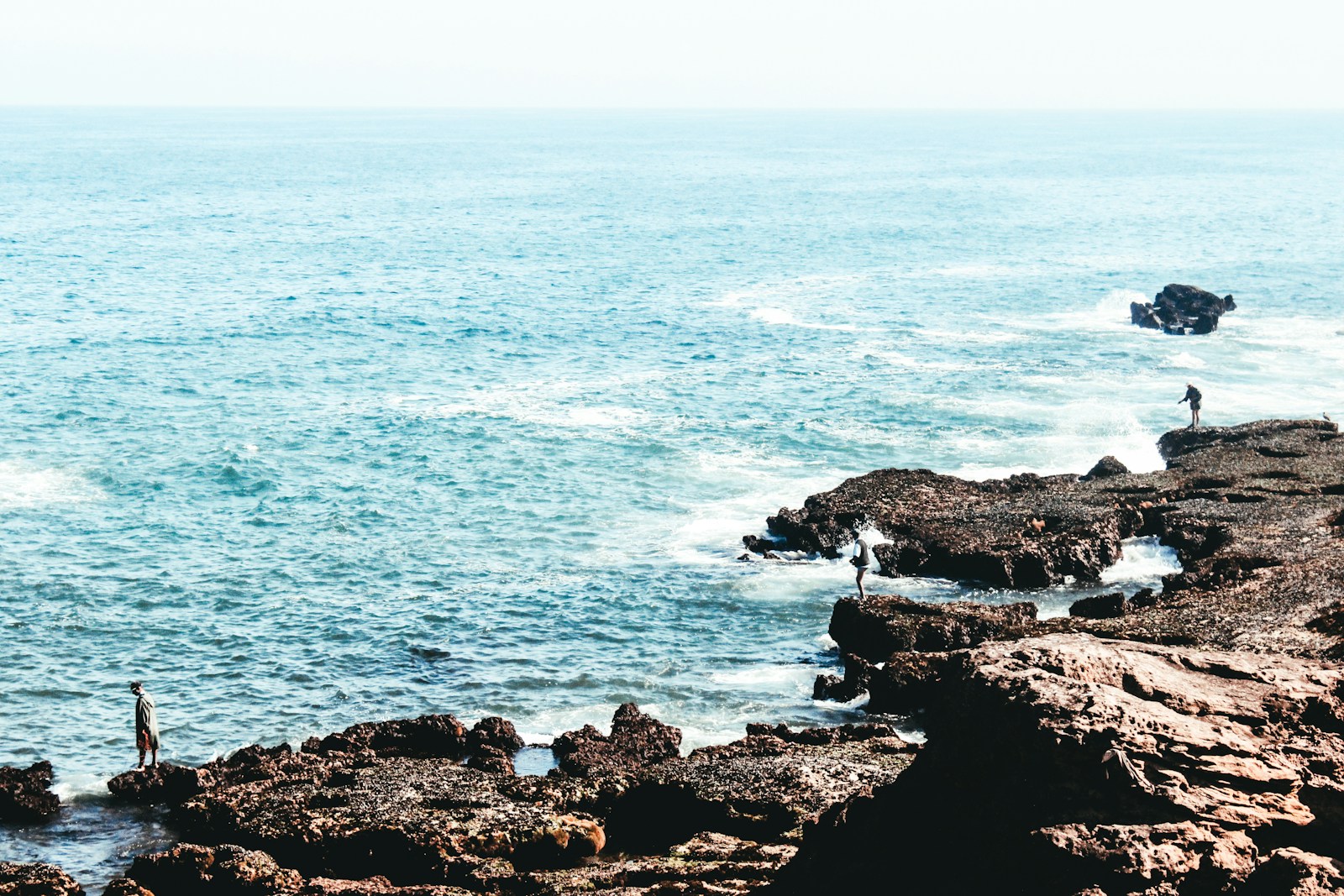
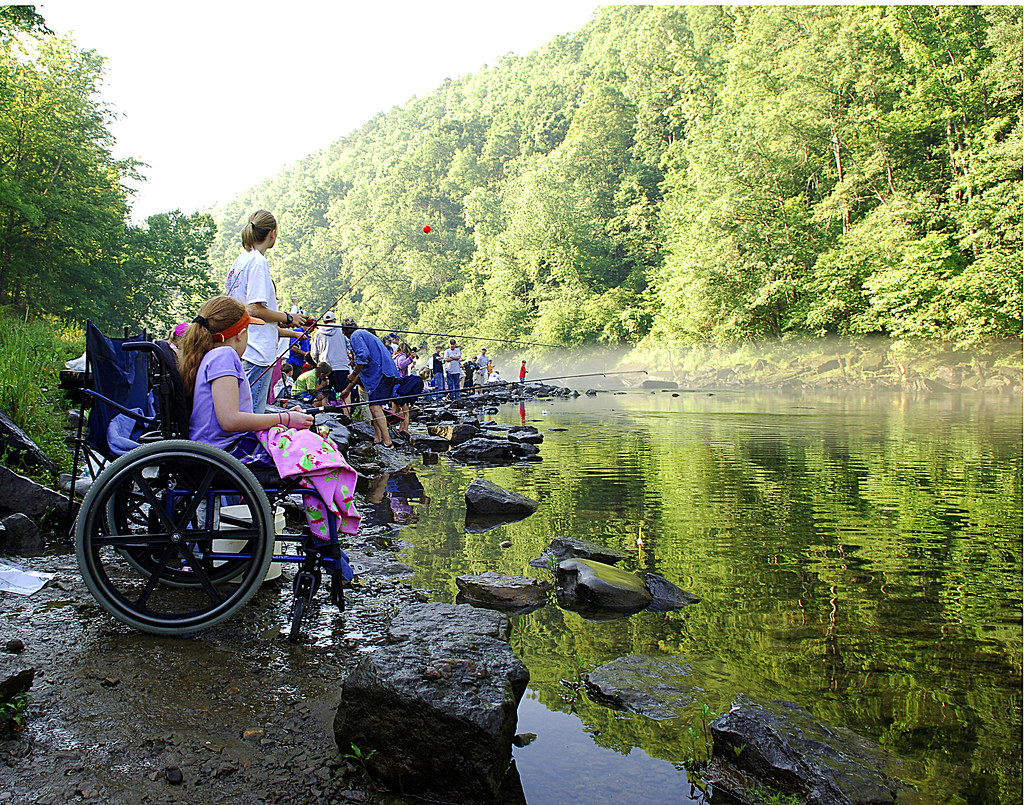
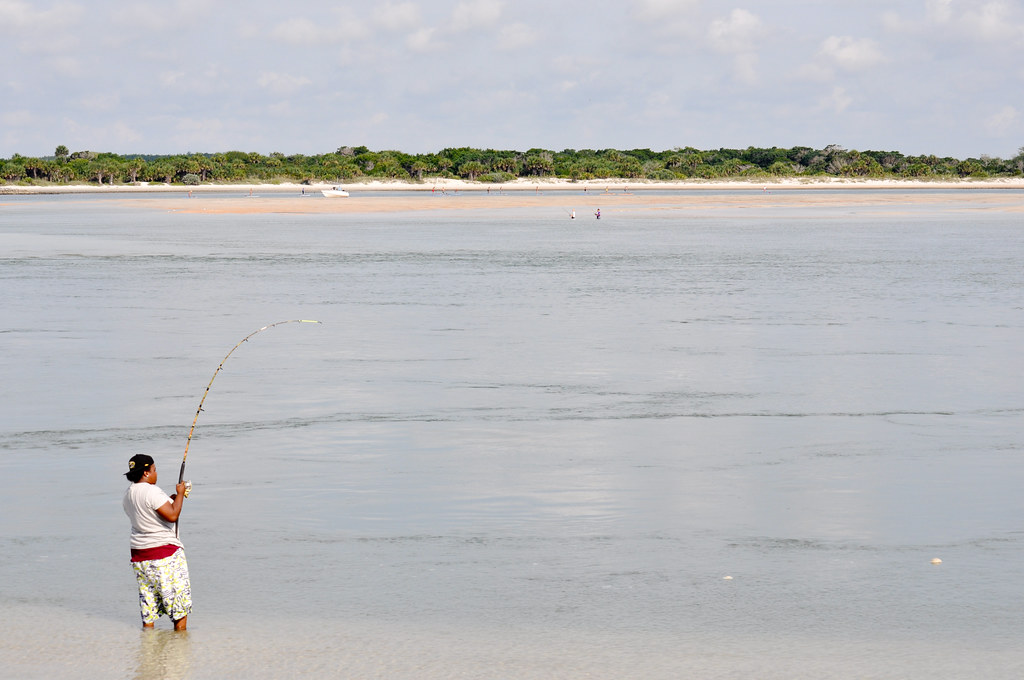











Post Comment